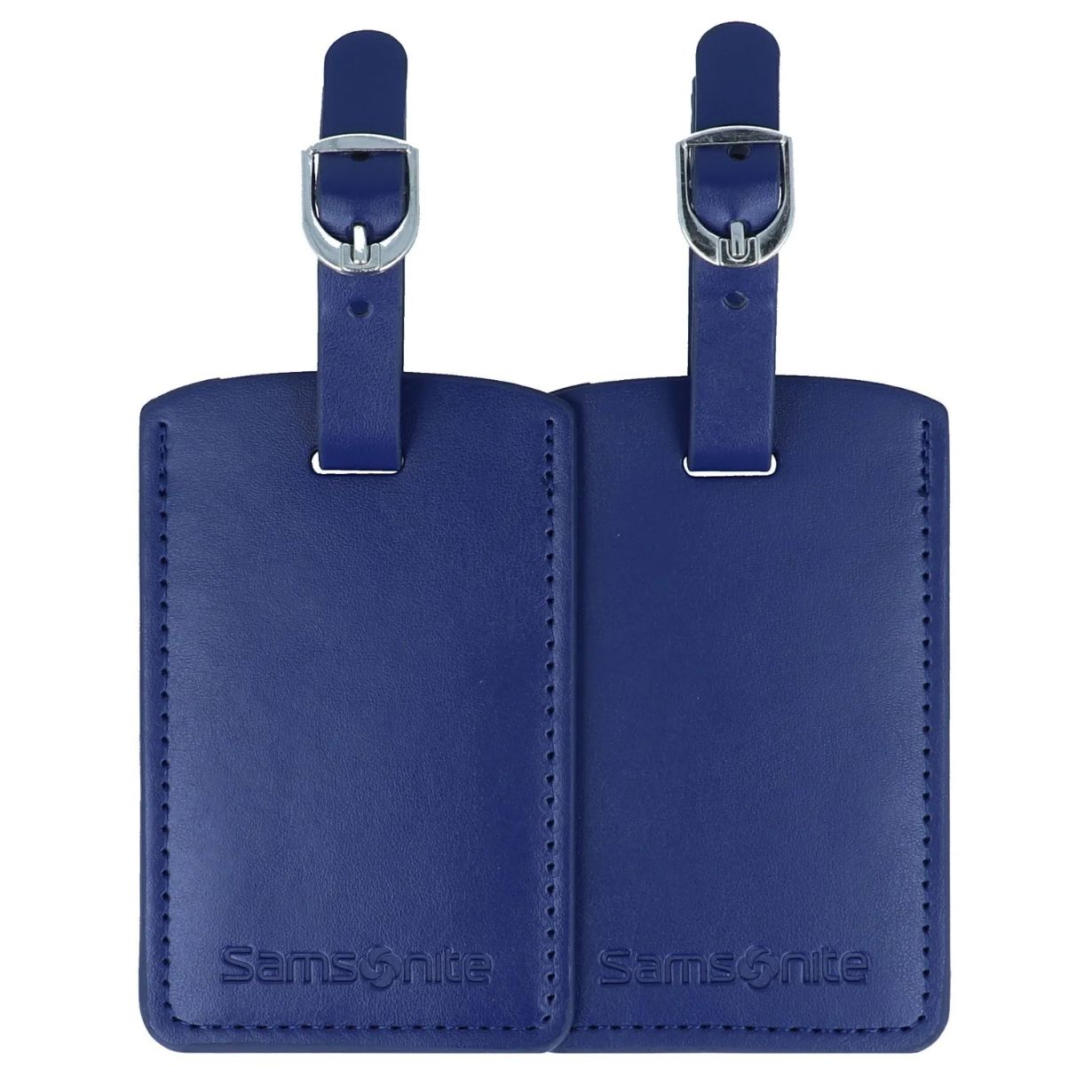-
black
-
blue
-
green
-
grey
-
orange
-
petrol
-
yellow
- 60
- 96



- 60
- 96
Luggage Tags: More Than Just a Way to Identify Your Bag
No one likes handing over their luggage to strangers, but when flying or traveling by bus or train, we often have no other choice. After a flight, we usually end up at the baggage claim area, where we wait for our luggage—only to realize that it can be difficult to distinguish our suitcase from the rest. A luggage tag helps in this situation by serving as an identifier. However, that’s not its only purpose. Keep reading to learn more about the benefits of address tags for luggage.
Choosing a Luggage Tag Is Also a Matter of Style
Luggage tags are primarily practical items. We use them to identify bags such as travel duffels, backpacks, and trolleys. That said, not all selection criteria are purely functional. Some travelers also view luggage tags as accessories that enhance the look of their luggage. So, choosing a luggage tag can also come down to personal taste. While most tags are plain and simple, there are some with eye-catching patterns or unique designs.
Tip: Don’t just buy any luggage tag. Poor-quality products are more likely to break quickly, meaning you’ll constantly need to replace them. Save yourself the hassle by choosing something durable.
Many Brands Offer Luggage Tags
While not every traveler uses a luggage tag, nearly every major luggage brand offers them. Popular brands for luggage tags include Delsey, Samsonite, and Travelite. These brands manufacture high-quality tags in addition to their main luggage lines, and their tags can be used with a variety of bag types. Branded tags are usually more expensive than tags from lesser-known manufacturers. At bags.co.uk, you’ll find both options—simply choose the model that suits your taste.
Frequently Asked Questions
Why Are Address Tags for Luggage Important?
A luggage tag serves two key purposes: first, to help you identify your bag, and second, to ensure that lost luggage can be returned to you. Without an address tag, a finder won’t know who the bag belongs to—and you’ll have little chance of getting it back. While an address tag isn’t a guarantee, it greatly increases the odds of recovering your bag. All it takes is an honest finder. There’s also the aesthetic factor to consider. Few people buy a luggage tag purely for looks, but some do use luggage tags as stylish accessories to enhance their luggage.
What Types of Address Tags Are Available?
Not all address tags are the same. There are different types that vary in appearance, functionality, and durability. The most important selection criteria for a luggage tag include:
- Attachment method
- Design
- Size
- Material
- Durability
- Water resistance
To better understand your options, let’s look at possible materials. A luggage tag can be made of plastic, leather, or metal. In general, almost any material is suitable—as long as it’s well-made. Ideally, choose a material that complements your suitcase. That way, you’re getting not just a practical item, but also a stylish accessory.

What Information Should Be Included on an Address Tag?
For a luggage tag to fulfill its purpose in case of loss, you need to provide all key details. Most tags include a paper insert for this, but if not, you should prepare a label yourself. The essential information includes your name, address, phone number, and email. Other details, like your passport number, aren’t necessary on a luggage label—they might only be useful if the bag is found by an airline employee. Feel free to include additional information if you think it’s helpful. Warning: It’s best not to list your full home address. Otherwise, burglars could use that information to target your home while you’re away.



















